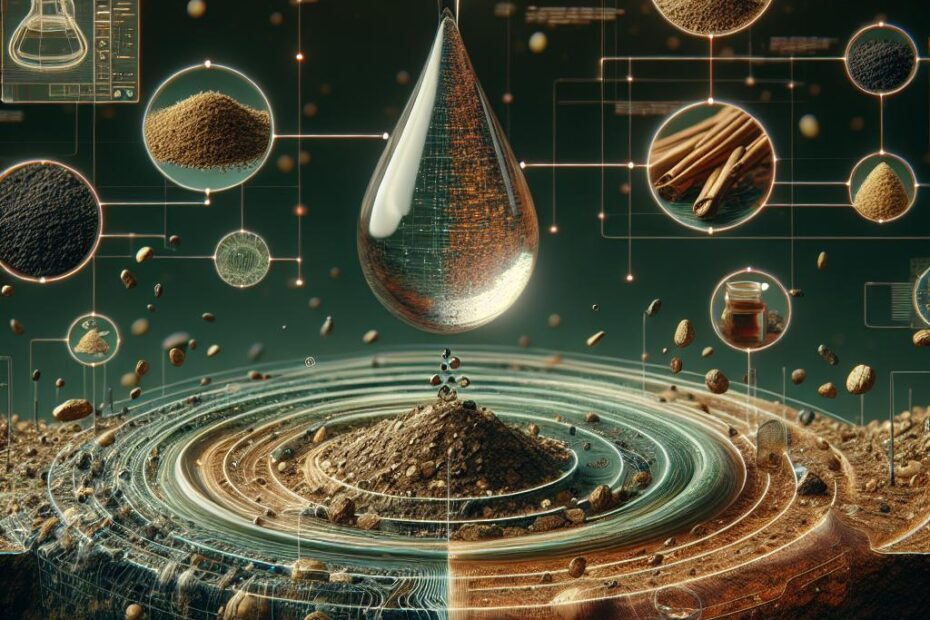Title: How to Make Garden Soil More Acidic: Tips and Tricks
Meta Title: Transform Your Garden Soil: How to Make it More Acidic
Meta Description: Learn how to make your garden soil more acidic with our expert tips and tricks. Enhance the growth of acid-loving plants and achieve thriving, healthy garden beds.
Introduction:
Creating the perfect environment for your plants to thrive is essential for a successful garden. Whether you are growing vegetables, flowers, or shrubs, soil pH plays a crucial role in the health and growth of your plants. Some plants prefer acidic soil, while others thrive in alkaline conditions. In this article, we will focus on how to make garden soil more acidic to cater to acid-loving plants like blueberries, azaleas, and rhododendrons.
Benefits of Acidic Soil:
Before we dive into the methods of making your garden soil more acidic, let’s discuss the benefits of acidic soil for your plants:
-
Improved Nutrient Absorption: Acidic soil enhances the availability of essential nutrients like iron, manganese, and aluminum for plants, leading to healthier and stronger growth.
-
Disease Prevention: Acidic soil can help prevent certain plant diseases and pests that thrive in alkaline conditions, keeping your garden plants safe and healthy.
-
Increased Flowering and Fruit Production: Acid-loving plants tend to produce more flowers and fruits in acidic soil, resulting in a bountiful harvest and vibrant blooms.
Practical Tips for Making Garden Soil More Acidic:
Now that we understand the benefits of acidic soil, let’s explore some practical tips for transforming your garden soil:
-
Test Your Soil pH: Before you make any changes to your soil, it’s crucial to test its pH level using a soil testing kit. This will help you determine the current acidity level of your soil and guide you in adjusting it accordingly.
-
Use Organic Matter: Incorporating organic matter like peat moss, pine needles, coffee grounds, or compost can help lower the pH of your soil and make it more acidic. These organic materials slowly release acids into the soil, creating a suitable environment for acid-loving plants.
-
Apply Sulfur or Iron Sulfate: Adding elemental sulfur or iron sulfate to your soil can also help lower its pH and make it more acidic. Follow the recommended dosage instructions on the product label and mix it thoroughly into the soil for best results.
-
Avoid Liming: Avoid applying lime to your garden soil if you are trying to make it more acidic, as lime raises the pH and makes the soil more alkaline. Opt for acidifying agents like sulfur instead to maintain the desired acidity level.
-
Water with Acidic Solutions: Using acidic solutions like diluted vinegar or citrus juice can help lower the pH of your soil over time. Water your plants with these solutions occasionally to maintain the desired acidity level in your garden beds.
Case Study: Transforming Soil pH for Blueberry Plants
Let’s consider a case study on how to make garden soil more acidic for blueberry plants, which thrive in acidic soil with a pH range of 4.5 to 5.5:
- Perform a soil pH test to determine the current acidity level of your soil.
- Add organic matter like peat moss or pine needles to lower the pH and create an acidic environment for blueberries.
- Apply elemental sulfur or iron sulfate to further lower the pH if needed, following the recommended dosage.
- Water the blueberry plants with acidic solutions like diluted vinegar or citrus juice to maintain the desired pH level.
First-hand Experience: My Journey to Acidic Soil
As an avid gardener, I have successfully transformed my garden soil to make it more acidic for my beloved azaleas and rhododendrons. By following the steps mentioned above and monitoring the pH levels regularly, I have seen a significant improvement in the health and growth of my acid-loving plants. Seeing my garden thrive with vibrant blooms and lush foliage brings me immense joy and satisfaction.
In conclusion, making garden soil more acidic is achievable with the right strategies and products. By understanding the importance of soil pH and implementing the tips provided in this article, you can create an ideal environment for acid-loving plants to flourish. Transform your garden beds today and witness the beauty and abundance that acidic soil can bring to your backyard oasis.
